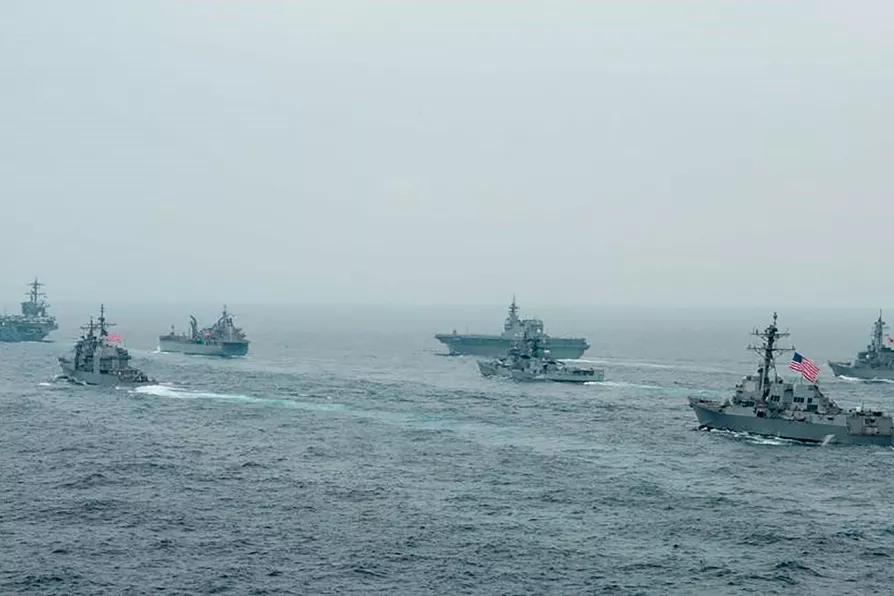The long-term effects of chemical weapons such as Agent Orange mean that the impact of war lasts well beyond a ceasefire

 A photo released by US Navy shows US Navy aircraft carrier USS Carl Vinson and other US and Allied vessels transit the Bay of Bengal
A photo released by US Navy shows US Navy aircraft carrier USS Carl Vinson and other US and Allied vessels transit the Bay of Bengal
SPECULATION about a full-scale US-China war over Taiwan reached new heights in early October. Western media headlines were full of the threat from China’s 150 fighter jets supposedly “invading” Taiwan’s airspace — but there was scarcely any mention of the 200 fighter jets mustered nearby on the decks of US aircraft carriers.
These were part of one of the largest naval exercises in the western Pacific in decades, with US forces joined by carrier strike groups from five other nations including Japan and Britain, with warships from the Netherlands, Canada and New Zealand.
China, we are constantly told, considers Taiwan a “renegade province” and is prepared to take it back by force. But history tells another story.

From 35,000 troops in Talisman Sabre war games to HMS Spey provocations in the Taiwan Strait, Labour continues Tory militarisation — all while claiming to uphold ‘one China’ diplomatic agreements from 1972, reports KENNY COYLE













